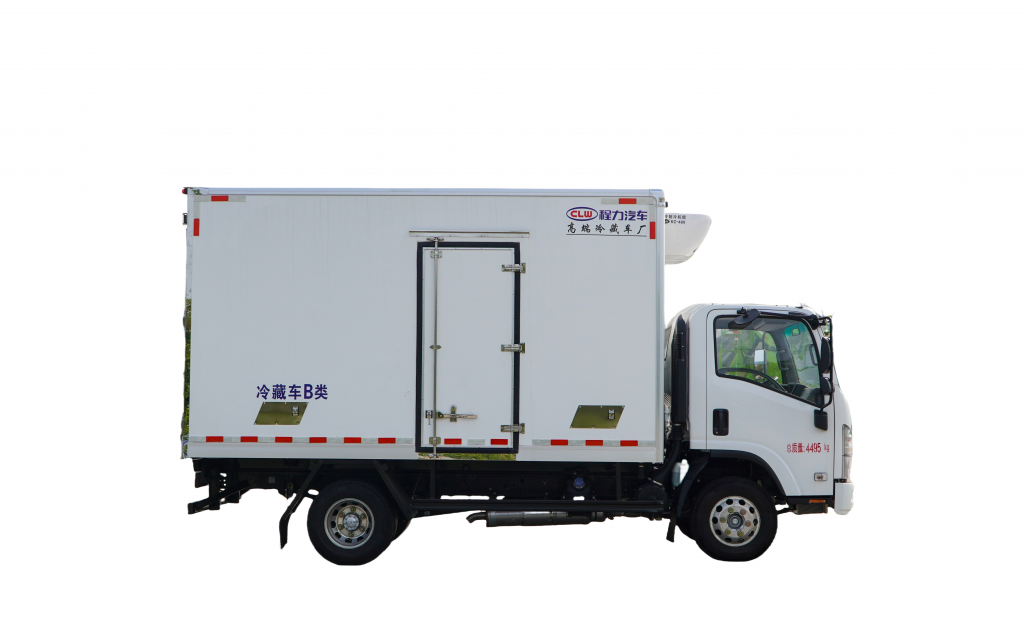Enhancing Construction Management Efficiency with Truck-Mounted Cranes
Introduction In the realm of construction management, efficiency and productivity are key factors that can make or break a project. The use of advanced equipment and technology plays a crucial role in optimizing construction processes and ensuring timely completion of projects. One such equipment that has revolutionized construction practices is the truck-mounted crane. This article explores the significance of truck-mounted cranes in construction management and how they enhance efficiency on construction sites. Understanding Truck-Mounted Cranes Truck-mounted cranes are versatile machines that combine the functionality of a crane with the mobility of a truck. These cranes are mounted on a truck chassis, allowing them to be easily transported to different job sites. The primary advantage of truck-mounted cranes is their ability to perform a wide range of lifting and hoisting tasks, making them indispensable in construction projects of all sizes. Key Features and Components Truck-mounted cranes come in various sizes and configurations to suit different project requirements. The key features and components of a typical truck-mounted crane include: 1. Boom: The boom is the main lifting arm of the crane and can be extended or retracted to reach different heights and distances. 2. Counterweights: Counterweights are used to balance the crane and prevent it from tipping over when lifting heavy loads. 3. Hydraulic System: Truck-mounted cranes are powered by hydraulic systems that control the movement of the crane, including lifting, lowering, and rotating functions. 4. Controls: The crane operator uses a control panel to operate the crane and maneuver the load with precision. 5. Outriggers: Outriggers are extendable legs that provide stability to the crane when lifting heavy loads. Applications in Construction Management Truck-mounted cranes find extensive applications in construction management due to their versatility and mobility. Some common uses of truck-mounted cranes in construction projects include: 1. Lifting and placing heavy materials: Truck-mounted cranes are used to lift and place heavy materials such as steel beams, precast concrete panels, and machinery at construction sites. 2. Assembly and installation: These cranes are essential for assembling and installing structural components, equipment, and machinery at height. 3. Roofing and cladding: Truck-mounted cranes are instrumental in lifting roofing materials, cladding panels, and other components to the top of buildings. 4. Maintenance and repair: These cranes are used for maintenance and repair work on buildings, bridges, and other structures that require lifting heavy equipment or materials. Benefits of Using Truck-Mounted Cranes The use of truck-mounted cranes offers several benefits to construction management, including: 1. Increased efficiency: Truck-mounted cranes streamline lifting and hoisting operations, reducing manual labor and saving time on construction projects. 2. Improved safety: These cranes are equipped with safety features such as overload protection, anti-two block systems, and emergency stop mechanisms to ensure the safety of workers on site. 3. Cost-effectiveness: Truck-mounted cranes eliminate the need for hiring separate cranes for lifting tasks, saving costs associated with rental fees and transportation. 4. Enhanced mobility: The ability to transport the crane to different job sites quickly enhances the mobility and flexibility of construction operations. 5. Versatility: Truck-mounted cranes can be used for a wide range of lifting tasks, making them a versatile and valuable asset on construction sites. Case Studies and Success Stories To illustrate the impact of truck-mounted cranes in construction management, let's consider a few case studies and success stories: 1. Case Study 1: A construction company was tasked with erecting a steel structure for a new warehouse. By using a truck-mounted crane, the company was able to lift and place steel beams with precision, completing the project ahead of schedule. 2. Case Study 2: A roofing contractor utilized a truck-mounted crane to lift and install roofing materials on a high-rise building. The crane's mobility and reach capabilities enabled the contractor to complete the roofing project efficiently and safely. 3. Success Story: A construction management firm integrated truck-mounted cranes into their operations, resulting in significant improvements in productivity and project delivery. The firm reported reduced labor costs and enhanced safety standards across their construction sites. Best Practices for Using Truck-Mounted Cranes To maximize the benefits of truck-mounted cranes in construction management, it is essential to follow best practices for their operation: 1. Conduct regular maintenance: Routine maintenance checks and inspections ensure that the crane is in optimal working condition and safe to use on site. 2. Provide training for operators: Proper training for crane operators is crucial to ensure safe and efficient operation of the equipment. 3. Adhere to safety guidelines: Always follow safety protocols and guidelines when using the crane to prevent accidents and injuries on site. 4. Plan and coordinate lifting operations: Prior planning and coordination of lifting operations help optimize crane usage and minimize downtime. 5. work trucks for sale : Be mindful of the crane's load capacity limits and avoid overloading the crane to prevent accidents and damage to the equipment.  Conclusion Truck-mounted cranes have become indispensable tools in construction management, offering a wide range of benefits that enhance efficiency, safety, and productivity on construction sites. By leveraging the versatility and mobility of truck-mounted cranes, construction companies can streamline lifting operations, reduce costs, and improve project outcomes. As construction practices continue to evolve, the role of truck-mounted cranes in construction management is poised to grow, driving innovation and excellence in the industry.
Conclusion Truck-mounted cranes have become indispensable tools in construction management, offering a wide range of benefits that enhance efficiency, safety, and productivity on construction sites. By leveraging the versatility and mobility of truck-mounted cranes, construction companies can streamline lifting operations, reduce costs, and improve project outcomes. As construction practices continue to evolve, the role of truck-mounted cranes in construction management is poised to grow, driving innovation and excellence in the industry.